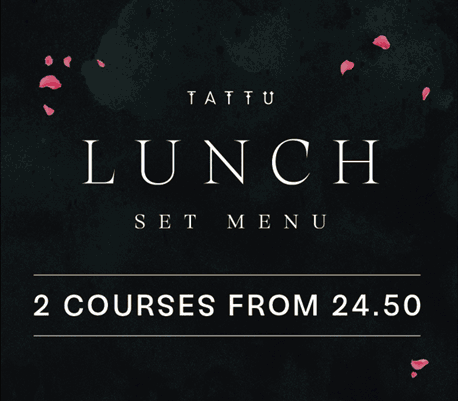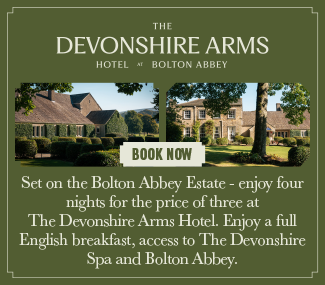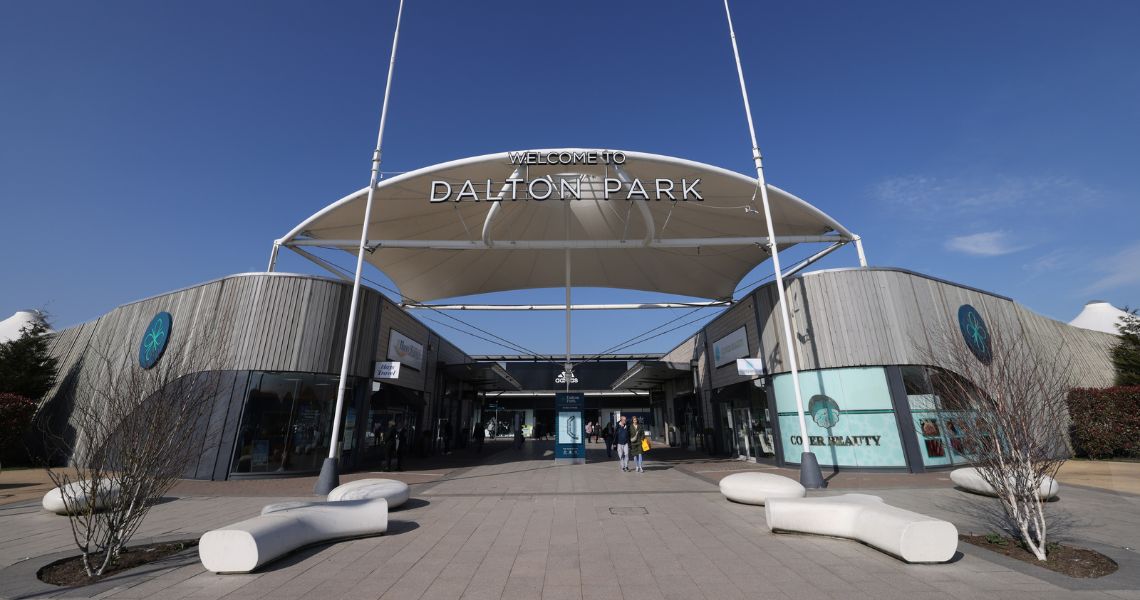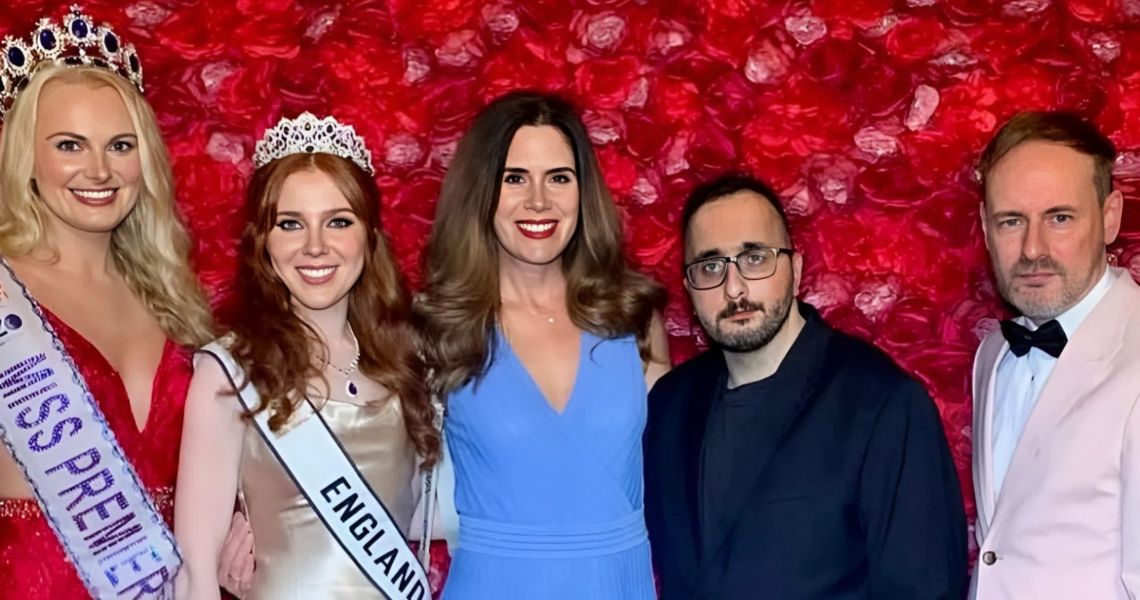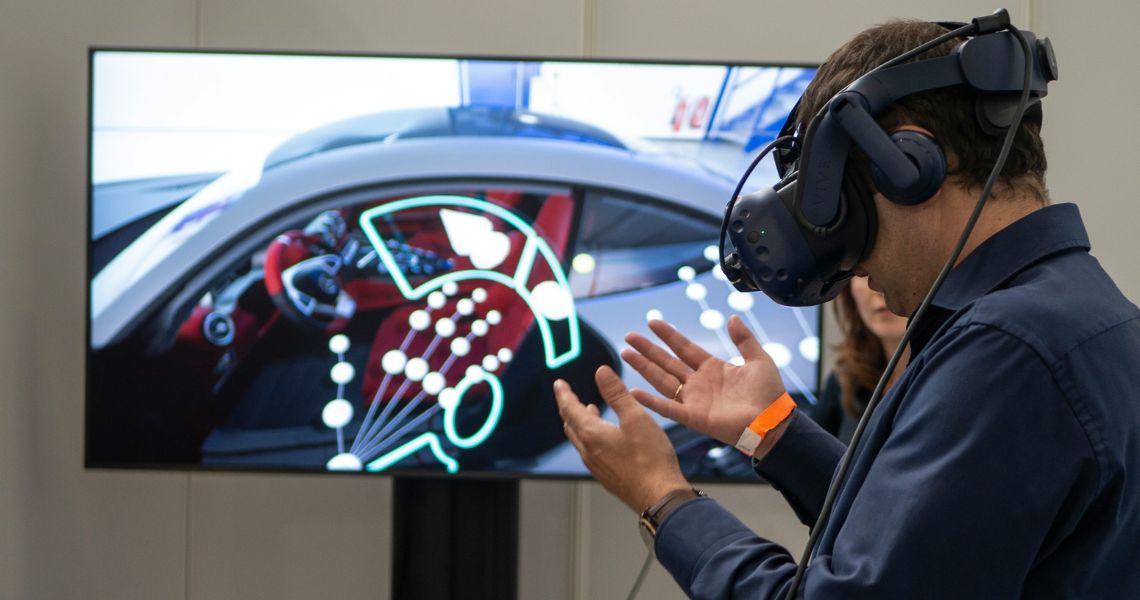Planning an event is exciting. It’s a chance to bring people together, share ideas, and create lasting memories. But how can one make an event truly unforgettable?
It starts with understanding the audience and knowing what makes them tick. Let’s explore some tips that can help anyone create memorable experiences at their events.
Understanding Your Audience
Before planning an event, it’s vital to know who will be attending. Each audience has different preferences and expectations, so getting to know them is key. This process involves more than just demographics. It’s about digging deeper to understand their interests and what they hope to gain from the event.
One effective way to gather insights is through surveys or informal chats. These tools can help identify trends in what attendees want. For example, if a majority of attendees express interest in networking opportunities, the event planner can prioritize sessions that facilitate connections.

Creating personas can also be helpful. By categorizing attendees into specific groups based on shared traits, planners can tailor experiences that appeal to each segment. And don’t forget to check out social media analytics. These platforms can provide valuable information about what potential attendees enjoy and share.
Ultimately, understanding the audience makes it easier to create memorable experiences with content and experiences that resonate. When the event speaks to attendees’ needs, it sets the stage for a more engaging atmosphere.
Setting Clear Objectives
Every event needs a purpose to create memorable experiences. Without clear objectives, it’s easy to lose sight of what the event should achieve. Setting goals helps keep the planning process on track and ensures everyone involved is on the same page.
When defining objectives, think about what success looks like. Are you aiming for a specific number of attendees? Maybe you want to foster networking among industry professionals. It could even be about promoting a new product. Whatever the goal is, it should align with what the audience wants.
It’s also helpful to establish measurable goals. For instance, tracking engagement rates through post-event surveys can indicate whether attendees found value in the sessions. Another way to gauge success is to look at social media buzz. If attendees are sharing their experiences online, it shows the event made an impact.
Setting objectives doesn’t just guide the planning process. It also helps measure success after the event. Evaluating how well the event met its goals can provide insights for future planning.
Designing an Engaging Agenda
A well-structured agenda can make or break an event. Attendees want to feel engaged throughout the entire experience. A good agenda balances various elements to keep things interesting.
Start with a mix of keynote speakers and breakout sessions. Keynote speakers can inspire the audience with their stories and expertise. Breakout sessions, on the other hand, allow for deeper dives into specific topics. These smaller groups can foster conversation and allow attendees to connect on a more personal level.
Incorporating interactive elements is essential, too. Live polls during sessions can spark real-time feedback and keep the audience involved. Also, don’t underestimate the power of Q&A sessions. Giving attendees the chance to ask questions can help clarify concepts and foster discussion.
Lastly, it’s crucial to schedule breaks for attendees to recharge. This downtime provides an opportunity for networking and relaxation. Plus, it gives everyone a moment to reflect on what they’ve learned so far.
By crafting an engaging agenda, planners can create memorable experiences that holds attendees’ attention from start to finish.
Incorporating Technology
In today’s world, technology plays a big role in events. Embracing it can significantly enhance the attendee experience. Event apps have become a popular tool for keeping everyone informed and engaged.
With an event app, attendees can access schedules, speaker bios, and venue maps all in one place. It’s also a great platform for sharing real-time updates and notifications. If there’s a change in schedule, everyone can be informed instantly.

Live streaming options allow those who can’t attend in person to participate. This flexibility expands the audience and increases engagement. Plus, hybrid events that combine in-person and virtual elements are becoming increasingly popular. They cater to a wider range of attendees and can boost overall attendance numbers.
Gamification is another fun way to incorporate technology. By adding challenges or competitions, attendees can engage in a playful yet productive manner. For instance, a leader board can track interactions and networking efforts, encouraging friendly competition.
Embracing technology not only makes events more engaging but also provides valuable data for planners. Analysing app usage and online interactions can help improve future events.
Creating Unique Venue Experiences
The venue is often the first impression attendees have of an event. Choosing the right location can set the tone for the entire experience. A unique venue can turn an ordinary event into something special.
For instance, outdoor spaces can create a refreshing atmosphere. Imagine a corporate retreat held at a scenic park, complete with picnic tables and nature trails. This setting not only encourages relaxation but also sparks creativity and collaboration.

On the flip side, indoor venues can offer a different vibe. Consider a trendy art gallery or a historic building. Such spaces can add character and provide a memorable backdrop for networking and discussions.
It’s essential to think about the layout, too. Creating comfortable seating arrangements encourages conversations. Breakout areas can be designated for smaller group discussions, making it easier for attendees to connect on a personal level.
Lastly, incorporating local culture can enhance the overall experience. Highlighting regional art, music, or cuisine can make the event more relatable and memorable. For example, Austin restroom trailer rentals could be a quirky touch, especially if the event celebrates local businesses and culture.
By paying attention to venue selection and setup, planners can create an experience that stands out in attendees’ minds long after the event ends.
Enhancing Food and Beverage Offerings
Food and drinks play a significant role in any event. A well-planned catering experience can elevate the overall atmosphere and leave a lasting impression. Attendees appreciate diverse options that cater to various dietary needs, so it’s crucial to be inclusive.
Consider offering a mix of cuisines. This can spark conversations about different cultures and food traditions. For instance, featuring local favourites can also help attendees feel connected to the venue’s surroundings.
Interactive food stations can add an element of fun to the dining experience. Imagine a taco bar where attendees can customize their own creations. This setup encourages interaction and makes the meal more engaging.

Another idea is to incorporate tasting events. For example, wine or craft beer tastings can be a great way for attendees to unwind while networking. Pairing these tastings with small bites can enhance the experience and create memorable moments.
Ultimately, a focus on food and beverage can transform an event from ordinary to extraordinary. Attendees will leave with not just memories of the sessions but also of the delightful meals they enjoyed.
Follow-Up and Feedback
The event doesn’t end when attendees leave. Following up is crucial for keeping the momentum going. A simple thank-you message can make attendees feel appreciated and valued.
Feedback is also an important part of this process. Conducting surveys can provide insights into what worked well and what didn’t. This information is invaluable for future event planning.
Sharing highlights and recordings of the event can help attendees relive the experience. It can also keep the conversation going long after the event is over. This follow-up content can be shared on social media or through newsletters.
Engaging attendees post-event not only fosters goodwill but can also create a community around future events. Encouraging attendees to connect on social media can keep them engaged with the brand or organization hosting the event.
By following up effectively, planners can build relationships that last long after the event concludes.
Final Thoughts
Creating memorable experiences in event planning is about understanding the audience, setting clear goals, designing engaging agendas, and incorporating technology. By considering unique venues and enhancing food offerings, event planners can craft an experience that resonates with attendees.
A thoughtful follow-up can solidify those memories and create a community around the event. With these tips in mind, anyone can elevate their event planning game and leave a lasting impression on attendees.
Images courtesy of unsplash.com and pexels.com



